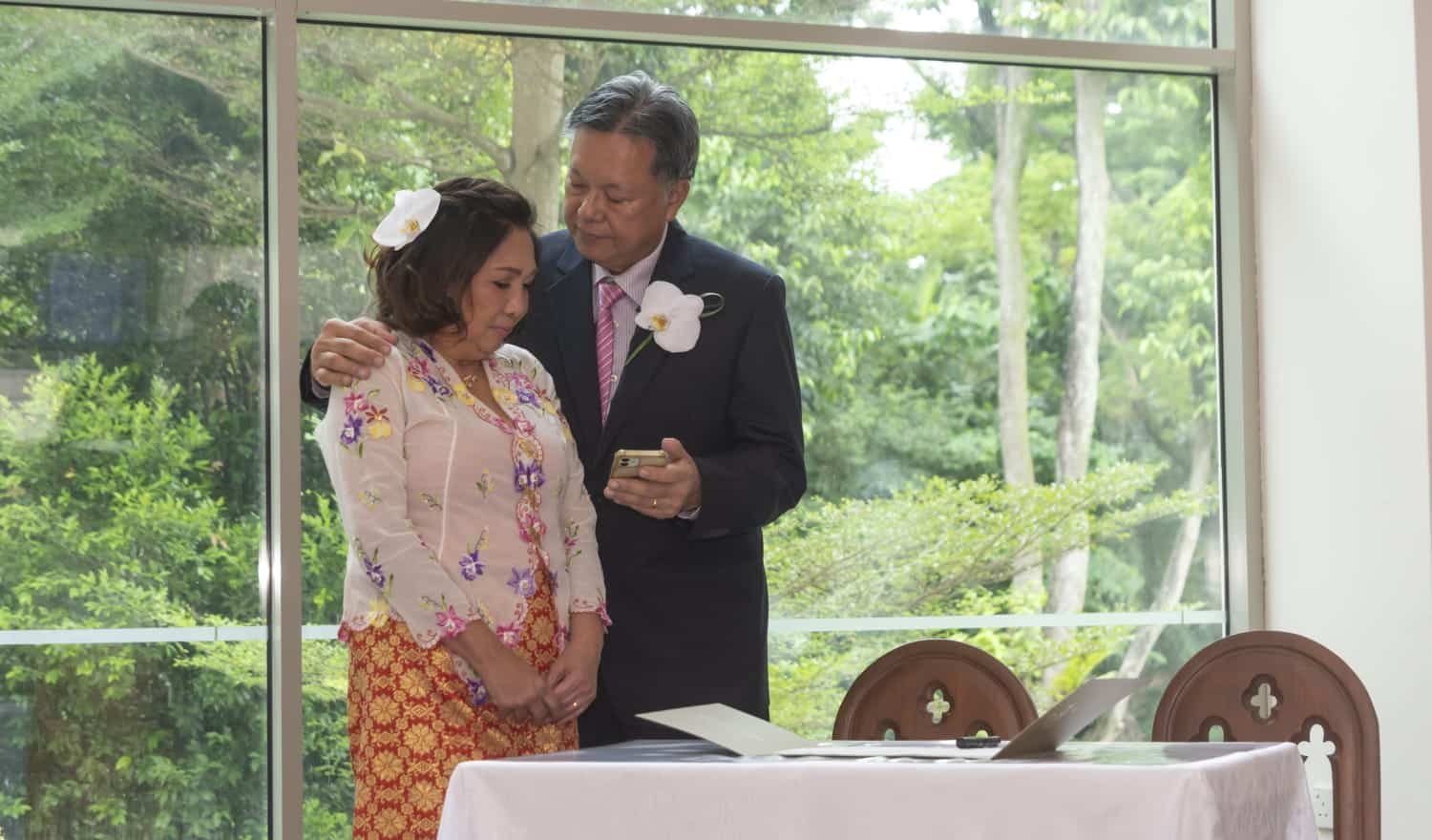How to share your testimony in 3 easy steps (even if you have never done it)
by Gracia Lee // April 11, 2022, 4:52 pm

For an idea of how to share your testimony, we can look to the Apostle Paul, who was so changed by Jesus that he could not help but share the Good News to those he met even as he was being persecuted for it. Photo by Mikhail Nilov from Pexels.
While some of us may baulk at the thought of sharing our testimony with others, it is indeed a powerful tool that we can use to spread the Gospel.
As people, we all love personal, true stories. Stories engage us, persuade us, move us, connect us with others and open our eyes to worlds we have yet to experience.
It does not matter if you are not the most eloquent at theological debates or the most adept at Bible knowledge, though we should all equip ourselves to defend our faith when the time calls for it. (2 Timothy 3:16-17)
Stories engage us, persuade us, move us, connect us with others and open our eyes to worlds we have yet to experience.
All of us can do this one thing: Tell our own faith story.
The Bible has numerous examples of people testifying to what Jesus has done for them. In fact, Jesus encourages this.
After healing the demon-possessed man in Mark 5, Jesus tells him: “Go home to your own people and tell them how much the Lord has done for you, and how he has had mercy on you (Mark 5:19).”
So, how do we share our testimony? Where do we begin?
To answer this, we can look to the Apostle Paul, who was so changed by Jesus that he could not help but share the Good News to those he met even as he was being persecuted for it.
(You can read him sharing his testimony – once even before the king of Judaea! – in Acts 22 and 26.)
The structure of his testimony can be broken down as answers to three simple questions, which we can use to craft our own testimony:
- Who were you before you met Jesus?
- What happened when you met Jesus?
- What difference has Jesus made in your life?
Let’s look at these questions in greater detail.
1. Who were you before you met Jesus?
Opening his testimony to King Agrippa, King of Judaea, before whom Paul stood trial in Acts 26, Paul details the man he was before he met Christ: A pious and zealous Jew who did not believe that Jesus was the Messiah. Not only that, he was also a harsh persecutor of those who believed in Him.
“I too was convinced that I ought to do all that was possible to oppose the name of Jesus of Nazareth. And that is just what I did in Jerusalem. On the authority of the chief priests I put many of the Lord’s people in prison, and when they were put to death, I cast my vote against them.” (Acts 26:9-10)
When you share your own testimony, think about who you were before you met Christ. Try also to identify with the person to whom you are speaking.
Were you, like them, once an atheist? One who saw no need for God? A chronic worrier? An aimless wanderer? Describe yourself at the time.
2. What happened when you met Jesus?
In Acts 26, Paul continues his testimony by detailing his life-changing encounter with Jesus. When he was on the way to Damascus, a bright light shone at him from the sky that left him temporarily blind.
“We all fell to the ground, and I heard a voice saying to me in Aramaic, ‘Saul, Saul, why do you persecute me? It is hard for you to kick against the goads.’ “Then I asked, ‘Who are you, Lord?’ ‘I am Jesus, whom you are persecuting,’ the Lord replied.” (Acts 26:14-15)
Paul then shares how Jesus revealed to him that He is sending Paul to preach the forgiveness of sins to the Gentiles – an assignment that the Bible shows he carried out for the rest of his life.
It is not necessary for your story to have a dramatic turning point, or a specific encounter that you can pinpoint.
As you write out how you hope to share your testimony, ponder on these questions: How did you meet Jesus? What happened? What was the turning point? Why did you decide to put your faith in Jesus?
It is not necessary for your story to have a dramatic turning point, or a specific encounter that you can pinpoint. Many have come to faith through quiet, ordinary moments.
Perhaps it was through reading the Bible and growing in your understanding of God that made you believe in Jesus. Maybe it was through the love of His people that made you want to trust Him. Perhaps it was the gradual nurturing of your faith as a second-generation Christian.
Whatever it may be, that does not make your testimony less effective or compelling.
If God can work in your heart through these little moments, He can in others’ hearts too.
3. What difference has Jesus made in your life?
Paul then concludes his testimony in Acts 26 by contrasting who he was to the person he is now: A man who goes around telling people the Good News that Jesus is alive, even as he faces harsh opposition and persecution from the Jews.
“That is why some Jews seized me in the temple courts and tried to kill me. But God has helped me to this very day; so I stand here and testify to small and great alike. I am saying nothing beyond what the prophets and Moses said would happen — that the Messiah would suffer and, as the first to rise from the dead, would bring the message of light to his own people and to the Gentiles.” (Acts 26:21-23)
In your own life, what difference has Jesus made?
Perhaps He has given you a new kind of joy or peace. Perhaps He has given you hope during a dark time. Maybe He has healed you, or given you assurance and comfort that you are not alone in life’s struggles. Share that in your testimony!
Nevertheless, it is okay to acknowledge that you are still a work in progress. We all are! This should not discourage you from sharing your testimony. Following Jesus is a day-by-day journey, not a one-time decision that will magically solve all your problems. It’s good that those hearing your story know that too.
What next?
Once you have jotted down the main points to share in your testimony, you may want to craft two versions – a shorter one-minute “elevator pitch” version that you can share in casual conversations without being too long-winded, and a fuller five-minute version if your friend or colleague expresses an interest to know more.
After that’s done, practise, practise, practise. This is so that you’re confident and ready to share when the opportunity arises!
Finally, pray and ask God to open opportunities to share your testimony with others in the course of daily conversations with friends and family. Trust that the Holy Spirit will empower you and guide you in these situations.
Wondering where to start sharing your testimony?
One good way to start sharing your testimony is through your social media accounts. Using the pointers above, craft your faith story and post it on Instagram or Facebook with the hashtag #PublishPeace. Feel free to tag Salt&Light (@saltandlight.sg on Instagram & Facebook) too.
Let’s go forth and tell the world how much Jesus has done for us!
Find a Church: If, after you share your testimony, your non-believer friend/relative is open to attending church, here is where you can find one among over 500 churches in Singapore!
RELATED STORIES:
Ask Salt&Light: How do I share my beliefs with colleagues of other faiths?
We are an independent, non-profit organisation that relies on the generosity of our readers, such as yourself, to continue serving the kingdom. Every dollar donated goes directly back into our editorial coverage.
Would you consider partnering with us in our kingdom work by supporting us financially, either as a one-off donation, or a recurring pledge?
Support Salt&Light


